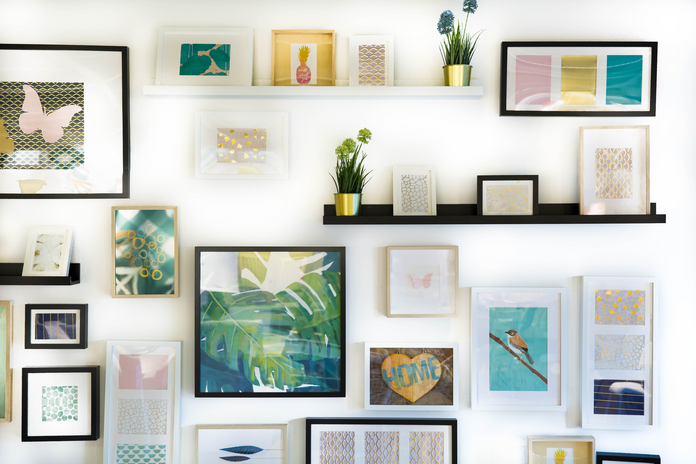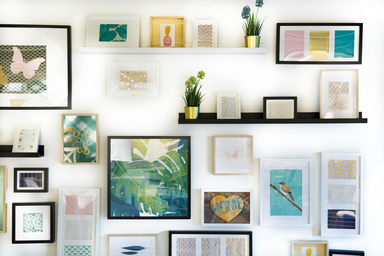When it comes to our spaces, be it our bedrooms, kitchens, or entire homes, we’re always trying to make them perfect. Sure, maybe you want the perfect space because you want an Instagrammable house, but hear me out – you’ve got to invest in it for yourself.
Whether you’re in touch with your innermost sensitivities or not, try and notice this: the way a space functions combined with the actions that take place within the space, affect the overall energy. Now you can say you’re not into “energy” and all that, but know that it’s into you.
Lighting
Lighting is key, and arguably the most important part of giving your space a specific desired feeling. Think about the tone, structure, number of light sources you want, intensity, and source of light in your space as well as how big your space is. Do you want minimal pot lights that allow for functional overhead lighting in a cool or warm tone? Do you want a singular overarching lamp that’s both a piece of art and functional? Do you want a combination of soft fairy lights, candles and nightlights?
Lighting does so much to affect the mood of one’s space. Warm-toned lights will give your space an obvious warmth and are ideal for bedrooms and living rooms. Think of it as practical mood lighting, simultaneously illuminating the space and giving it feeling. Cool-toned lights are more reminiscent of offices and clinical settings. Depending on the colours of furniture pieces featured, spaces like your office, kitchen and bathroom could benefit from cool or blue-toned light.
Materials
Wood, leather, plastic, metal, fabric … there is so much to choose from when it comes to materials in your space. “Materials” doesn’t just mean furniture, as the term extends to everything in your space, signifying to what the items are made of. When creating a space in your home, no matter if it’s private or shared, you want it to be some kind of sanctuary. Your bedroom is just that – your own private sanctuary where you go to rest or work alone. Your living room is a public sanctuary to relax and connect. Your kitchen is another public sanctuary to cook and spend time together.
Take your bedroom for example – you’d want to use materials that you think best reflect your intentions for your room. If you want your room to be relaxing, inviting, and cozy, you would opt for fabric and wood materials as opposed to metal or plastic. Even if you had to use, say, a plastic chair for your desk, laying a small fabric throw over the back could help to create a more relaxed and warm feeling for the room.
Furniture & Decor
Though they are entirely separate categories, furniture and decor can be grouped together to make this one point: don’t overdo it.
When considering furniture, think about what you actually need to make your space succeed, not what your dream version of the space looks like. It’s hard to come to terms with the fact that you would actually be creating a nightmare if you allowed yourself to model a 200 square foot room after what you have saved to your “Italian Villas” Pinterest board. Realistically, you must first identify what you’re working with. Can you spatially afford that heavy wood dining table? Or will a smaller, circular table suffice and allow you a more usable environment?
If you can’t have your ideal furniture, the decor is where you can meet your dreams halfway. Plants, rugs, blankets and artwork are just some of the additions that can boost your space. The best part about decor is its flexibility. You can enjoy a certain style for a few months and then easily replace pieces you may have grown tired of. Remember not to splurge on pillows and throw blankets that you’ll grow out of. Instead, find budget-friendly options or even craft your own decor by collaging or making your own prints for your wall.
Practicality
Another important feature is the way your space works in partnership with you. Think about optimal functionality if, for example, you’re attempting to design and organize your new and impossibly small apartment. The space will need to work as a home, but also have some level of practicality so that you can also use it for hosting, working out, relaxing and any other activities specific to your routine.
As much as you want the space to look nice, it needs to function, or your design will cause more harm than good. Minimize clutter by purchasing some wall shelving to display your trinkets, or get a clothing rack to prevent the pile-up of jackets and scarves on furniture surfaces. Understanding the limits of your space is key. No matter how badly you want that Cloud Couch, save it for the next move if need be. Invest in things that were made for you in your current space, and it will make all the difference.



